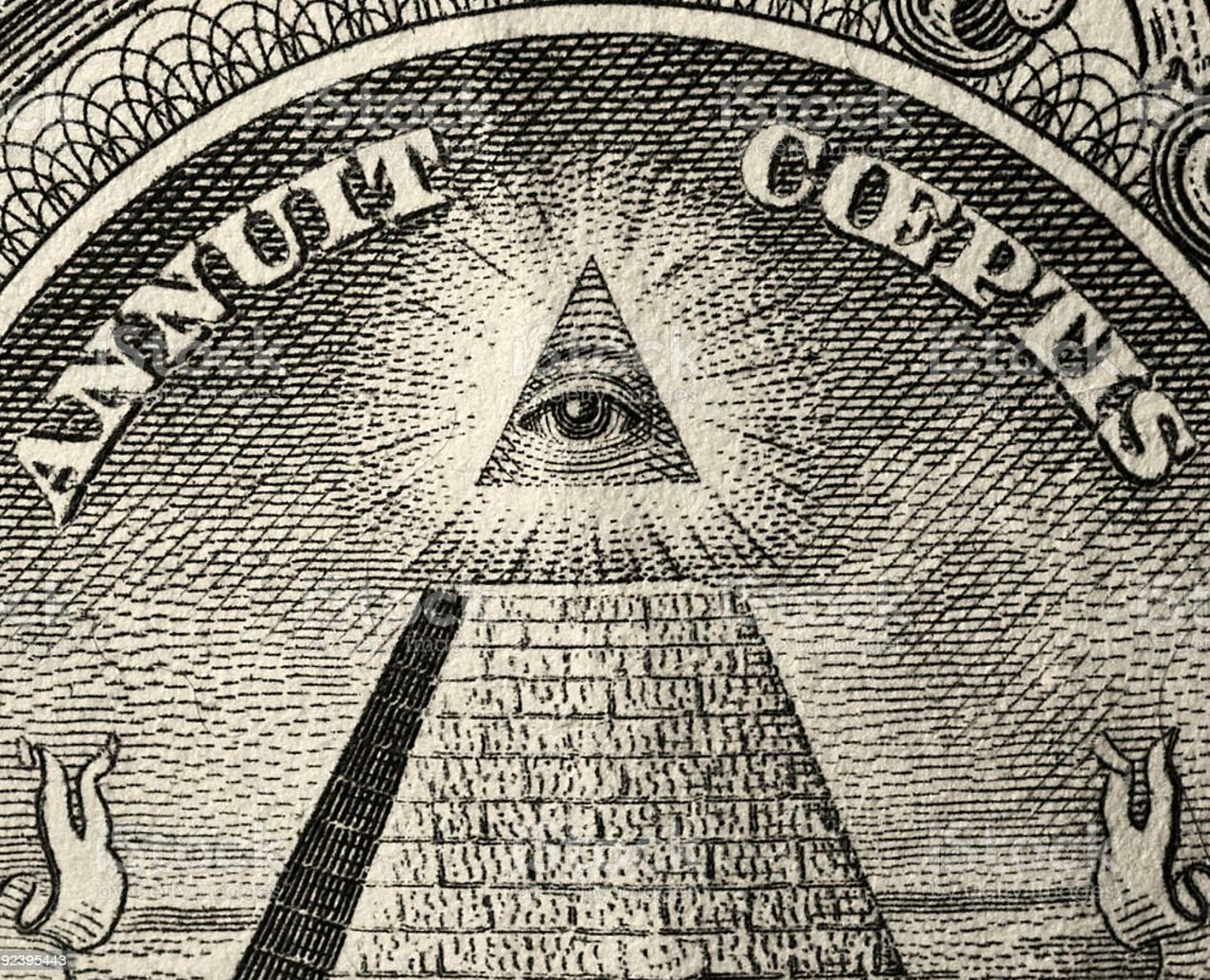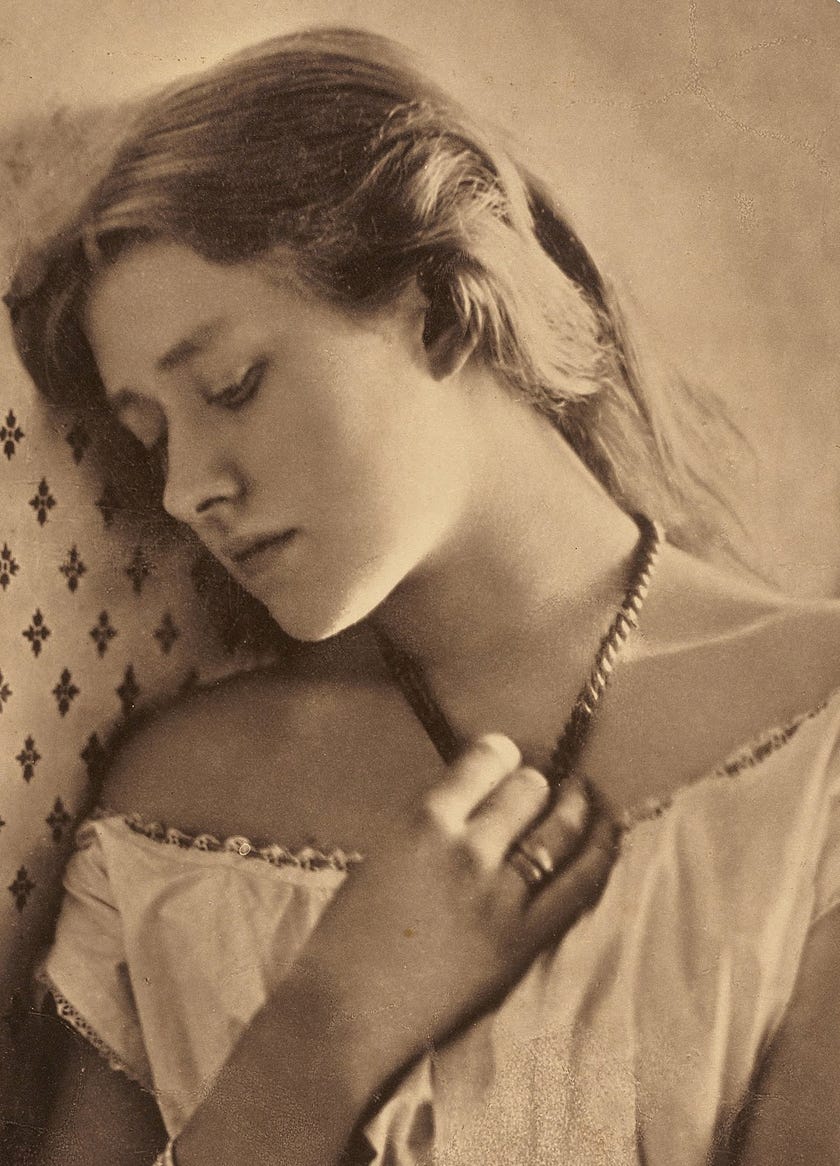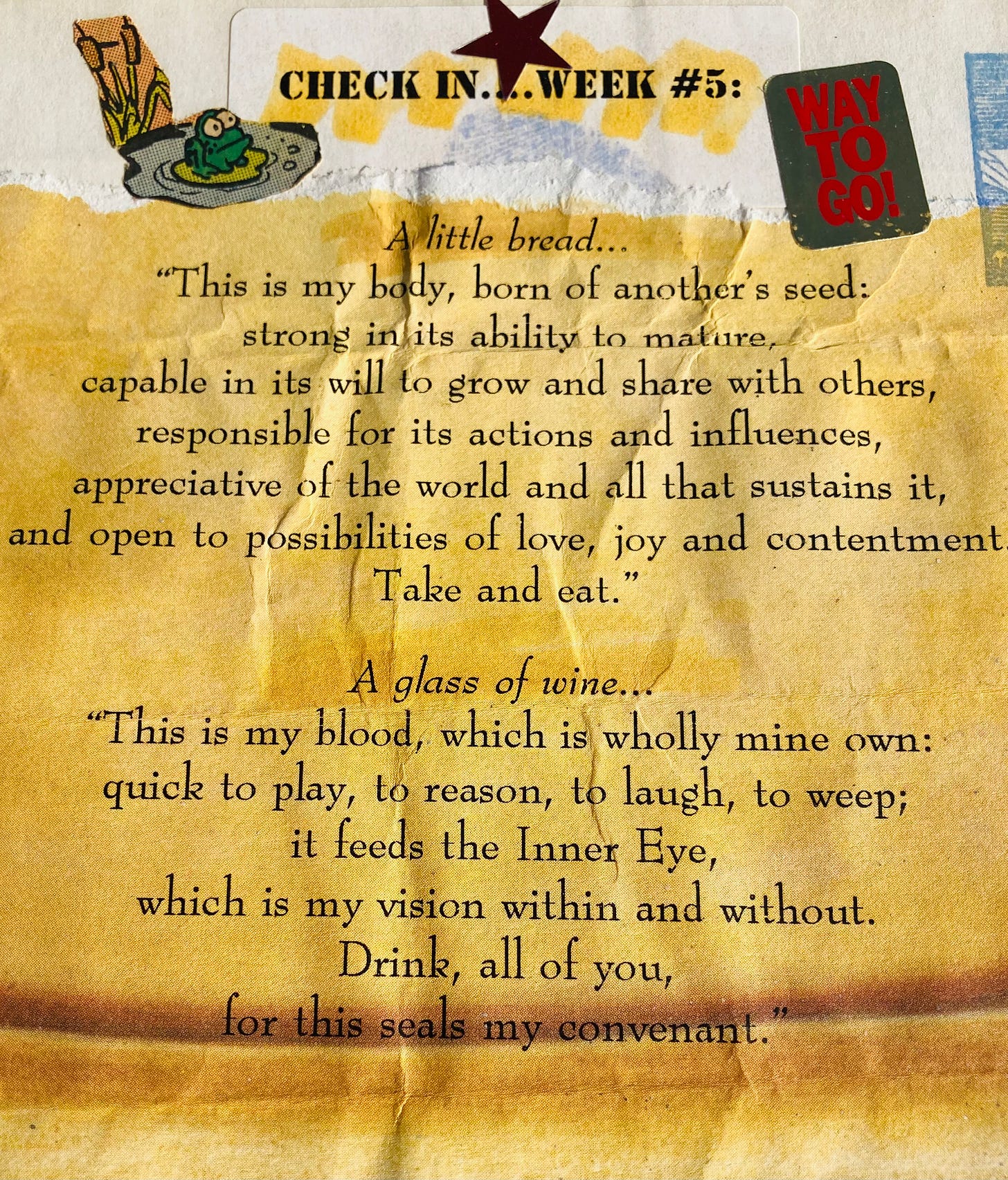The Inner Eye
Stargazing isn't without, it's within
“‘The time has come,’ the Walrus said, ‘To speak of other things. Like a fallen star who works in a bar where yesterday is king. The fans will stay for an hour or so; they still remember his fame. ‘But the time has come,’ the Walrus said, ‘to call your fans by name.’”
—Harry Nilsson, “Mr. Richland’s Favorite Song”

Stories have always been, for me, about seeing.
If you’re telling a story, your aim is to help people see it first—then follow up with the other senses: auditory, olfactory, tactile, taste.
All the stories I’ve tried to tell—some more successfully than others—have started with Stargazing—observing something entering through my eyes, and yet radiating inward and throughout my imagination.
If you’ve ever had that experience you will never forget it. I know I haven’t.
The year was 1987 and I was in a tough spot. I’d broken up with a girlfriend, was dissatisfied at work, and feeling depressed. I wish I could recall the day (my journals were sparse in the late 1980s) but I was browsing through the shelves of Ridgedale library in Minnetonka, Minnesota, when I pulled down Tom Prideaux’s Love Or Nothing: The Life and Times of Ellen Terry.
On the cover was the young English actress Ellen Terry from a portrait painted by her first husband George Frederic Watts. Cracking open the book, there in the photo plates was Julia Margaret Cameron’s striking daguerreotype taken in 1864 when Terry was only 16.

I gasped when I saw it.
First, of course, was her beauty. Second, rather than sensuality, I felt kinship. It was like looking at my sister (if I had one)…but then the questions bubbled up.
I Stargazed further (which always involves more questions): Who was she? Why does she look so sad? What was that day like back in mid-nineteenth century England?
I was burning to know the full story. I wouldn’t rest until I could write it down so others could see it too. Of course I checked out the book so I could get an overview and then continued to read as much as I could about Ellen Terry. But the core of the story involved her disappearance and the discovery of a drowned woman that everyone thought was her—a body double—which ignited my imagination further.
Add music to that (it was Arthur Sullivan’s overture to his operetta Cox and Box) and I no longer needed the Inner Eye but all my other senses kicked in: the scent of gas streetlamps, the sound of horses’ hooves on old paving stones, the taste of beer and oranges before they’re thrown at stage actors—all quick cut by the escalating music and a morgue with a weeping family over a drowned human being—there was my propellant, the lighter fluid of my story.
It all began with the Inner Eye.
So what is this Inner Eye, really?
And why mention it now?
“…it feeds the Inner Eye, which is my vision within and without.”
So how do you care for—and feed—an Inner Eye?
That’s a great question, because I know what it’s like to have, should I say, “Inner Blindness.” There must be, I think, a balance. Too much “Inner Eye” and you’re delusional. Too much “Inner Blindness” and you’re sleepwalking among the dead—no ability to dream or imagine anything.
My Inner Eye was re-ignited as recently as the end of this past summer. Sometimes it happens when I’m Daytalking with various friends, and definitely when we’re listening to music. Music has been a marvelous aide to healthy Inner Eye care. Julia Margaret Cameron’s portrait of Ellen Terry was the spark, but Arthur Sullivan’s music was the kindling that kept the imaginative fire burning. Also art, nature, and photography adds to a healthy Inner Eye. And then writing. Testing it—setting it down as plainly as possible so it could not be misunderstood.
Which is easier said than done, no doubt.
Writing is difficult. I’ve never felt totally confident about it. But that’s the beauty of writing and rewriting. It never goes away. You get to revisit it. You get to rethink it. You get to re-see it. That’s probably as it should be, so I’ve made my peace with the discomfort.
In the latest experience, a local acquaintance and I were listening to 1960s early jazz and rock. I told him a story that had captivated my Inner Eye ten years before and lead me to further research, the bits and pieces of which I’d seen in my head. He listened and suddenly I noticed he’d looked up (apparently the Inner Eye is above your two peepers) and then nodded and said, “I’d love to see that.”
The Inner Eye is a necessary component of Stargazing. If you’re doing the lowercase stargazing, you may be looking but not seeing. It’s very common. I’ve done the same thing, in fact, most of the time.
And, I’m always cheered to know, it’s a big thing with a lot of artists.

Take Michael Powell and Emeric Pressburger, for example.
I love all their movies: Black Narcissus, The Life and Death of Colonel Blimp, The Red Shoes, A Canterbury Tale, I Know Where I’m Going!, and the marvelous A Matter of Life and Death (shown in the montage above). The longstanding myth is that Pressburger was Powell’s scriptwriter, but they collaborated deeply: producing, constructing scenes, improvising dialogue together.
The lesson I’ve taken from their collaboration is that the Inner Eye need not be a solo, lonely process. And it’s always why I’ve long felt Stargazing and Daytalking are such solid companions to “feeding the Inner Eye.”
For me it mostly goes back to words. Sure, I’ve played with artwork and photography, and very little filmwork, so I often lean on other writers for lessons on improving my craft.
Lately it’s been the amazing Irish writer Claire Keegan.
I’ve just read her novella Foster (2010) and was blown away about how such spare writing conveys so much. She’s downright inspiring.
Take in this scene from Foster:
Walking down the road, there’s a taste of something darker in the air, of something that might fall and blow and change things. We pass houses whose doors and windows are wide open, long, flapping clotheslines, gravelled entrances to other lanes. At the bend, a bay pony is leaning up against a gate, but when I reach out to stroke his nose, he whinnies and canters off. Outside a cottage, a black dog with curls all down his back comes out and barks at us, hotly, through the bars of a gate. At the first crossroads, we meet a heifer who panics and finally races past us, lost.
That, my friends, is one beaut of an “Inner Eye completed forward pass.”
It’s by reading and analyzing how something works that’s helped me feed my own Inner Eye. In Keegan’s prose, I see the protagonist’s hand reaching out to the bay pony, (whose eyes probably twitch ahead of her touch) followed by the sound of its whinny and the clomp, clomp, clomp as it canters off.
Mostly I hope this has been helpful to you in whatever creative aims you’re striving for. There’s probably a future post on the Nightwalking aspect of the Inner Eye (and I do believe it’s possible to conjure it up, although generally Nightwalking is more expressive and way less reflective), but for now I’d be interested in the comments below about your own experiences and challenges.





So is lesson planning a "creative aim?” You bet it is. However, my current lessons involve not the eye, but the “inner ear.” This week my sixth graders are listening to selected classical music pieces, writing down adjectives that describe the music, and then writing a poem, which is inspired by the music. Check out this line one my students wrote after listening to Sabre Dance:
The frantic music is like a fast Ford speeding on freeway, energetic and loud.
Pretty creative, huh?